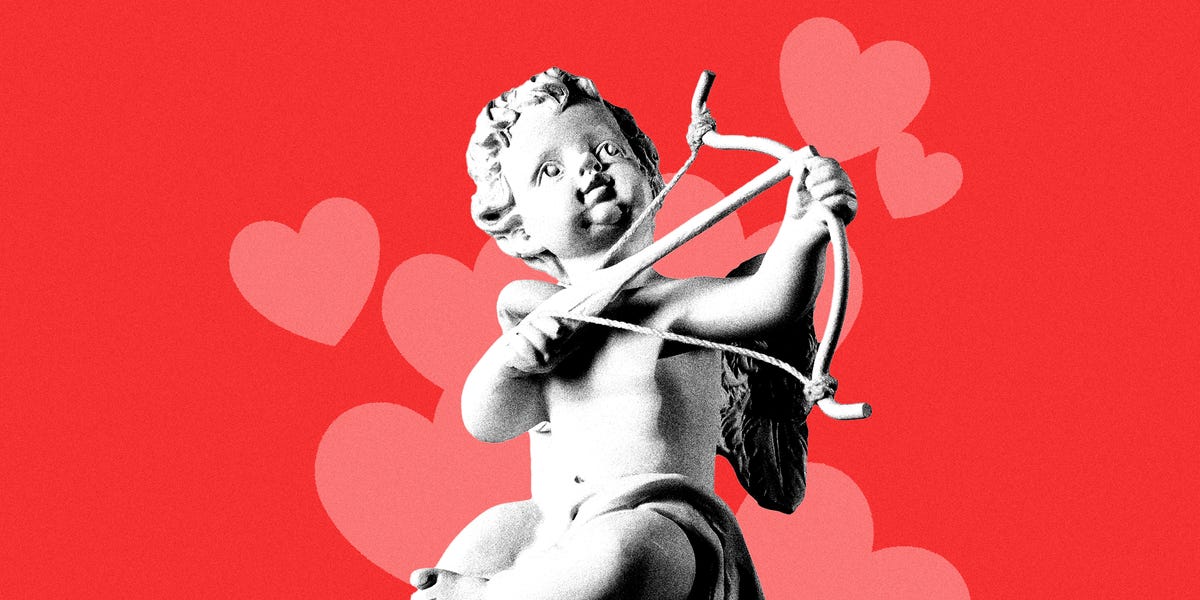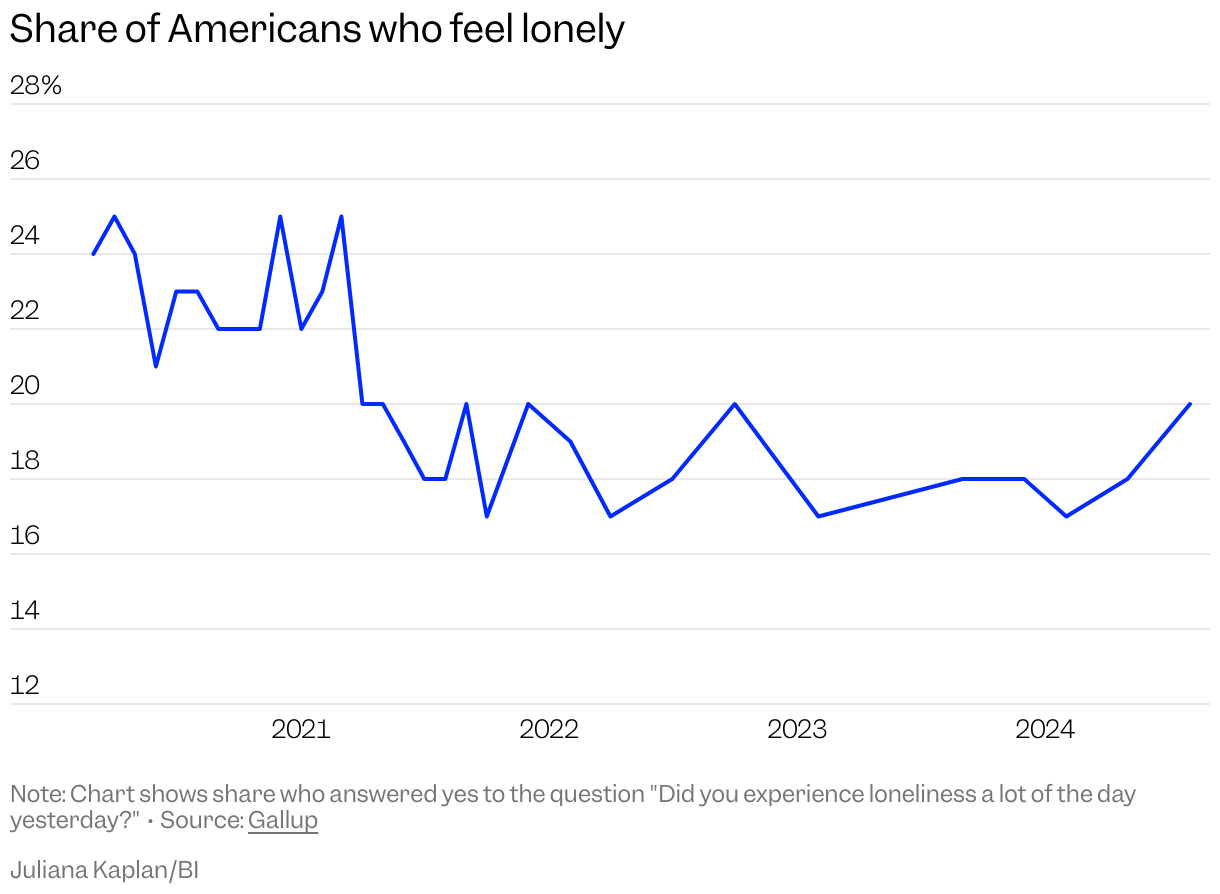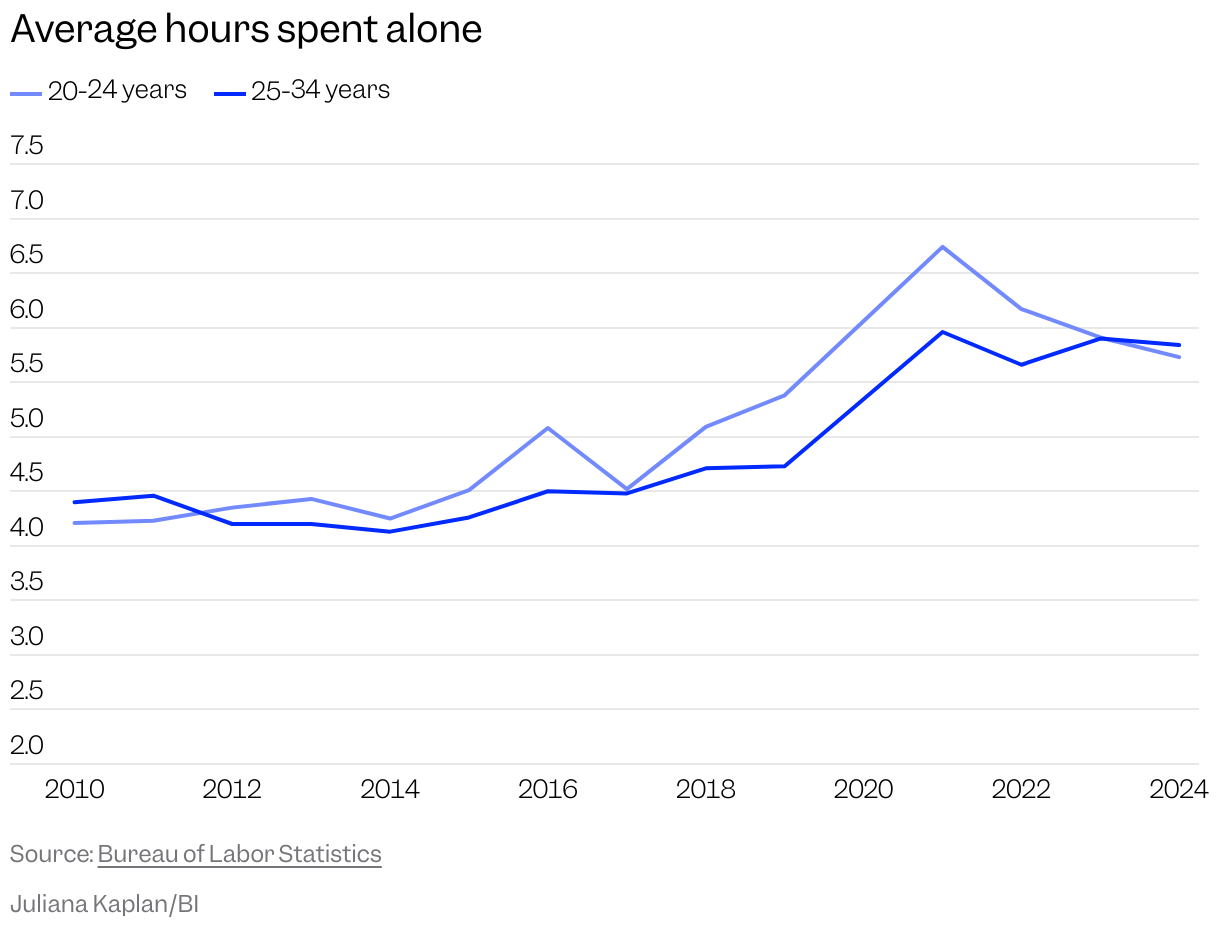Elena Vargas is saving her friend from Hinge messaging purgatory.
When the friend said they were too busy to weed through all the profiles, Vargas took control of the app, swiping for her, and arranging meetups — with the disclaimer that they were communicating with an unpaid matchmaker, of course.
Vargas, who is 30 and on the dating scene herself in San Francisco, sees it as a modern twist on matchmaking.
“Dating is scary,” Vargas, said, adding: “But when you have someone kind of doing the heavy lifting for you, the matching, the setting up, the setting the date, the setting the reservation — I feel like when all you have to do is show up and be yourself, it just takes everything out of it and it just makes it so much more enjoyable.”
All too often, Vargas said, people never make it off the apps. They end up with pen pals, texting endlessly until the spark fizzles out. There’s also the newly added step of checking your potential dates’ reviews.
She’s onto something. With dating app burnout rampant, and the costs to meet a new mate only rising, it’s time to take matters into our own hands with good old-fashioned matchmaking and setting up our friends. Whether it’s taking over a friend’s Hinge account or swapping “elevator pitches” between mutuals, people are fed up with swiping and looking for more meaningful ways to connect.
It’s time to consider a time-honored tradition: Matchmaking.
Setting up your friends is a public service
Terence Philpotts is a single 41-year-old promoter who lives in North Carolina. He’s an avid traveler and would love to meet someone new in person.
“People simply don’t go out as much as they used to,” he said. “And I mean, I’m just as at fault as anyone else.”
Philpotts said that his best relationship came from being set up by a mutual friend, and he’s open to trying it again. After all, dating is expensive, he said. And risky; a setup is more efficient.
“The person knows both of us, they know our nuances, they know what we, what we don’t like, and most people would think that they would find their friends compatible with each other,” he said. “And that’s basically what happened there.”
Experiences like Philpotts’ used to be a lot more common, but the apps took over as the dominant matchmaker for heterosexual couples in the 2000s, per the findings of a seminal study in the Proceedings of the National Academy of Sciences.
They brought with them a new dilemma: the pen pal stage. Scott Sibley, a professor at Northern Illinois University who teaches human development and family sciences — as well as being a licensed marriage and family therapist — said that one of the big hurdles facing daters is a prolonged talking stage. Potential daters are substituting dates for digital conversation instead.
Though Sibley’s research on relationships found that singles want to move beyond the talking stage, they’re hamstrung by a fear of rejection. It’s easier to hide behind a never-ending conversation than it is to actually get out there.
“That’s the funny thing,” Sibley said. “They’d rather be going on dates and being asked on dates.”
The mismatch between expectations and reality could be fueling the loneliness epidemic. According to a Gallup survey of 6,289 Americans from August through September 2024, around a fifth of US adults said that they had experienced loneliness a lot in the previous day.
Some seem to be taking some proactive action; the latest data from the Bureau of Labor Statistics’ American Time Use Survey shows that younger Americans are spending less time alone, although they’re still spending far more time solo than they did prior to the pandemic.
But you can help do your part to fight America’s dating drought, Damona Hoffman, a Los Angeles-based dating coach, said.
“People are so down on dating apps right now and are looking for ways to connect offline or feeling nostalgic for an old-fashioned meet-cute cute so why not try your hand at making a match?” Hoffman said. “Even if they don’t end up madly in love, they could make a meaningful connection in another way or become friends.”
Daniel Cox, the director of the Survey Center on American Life at the American Enterprise Institute, is writing a book about the growing divide between men and women, especially when it comes to dating. He said that what they’ve been hearing is that the online experience is “terrible.” Folks are more likely to treat each other as expendable in what seems like an infinite sea of choices. That’s where a return to form, or an embrace of a new form of dating, might come in. Cox’s research has found that young women are especially more likely to date through their social circles.
“There’s a recognition that we have a better chance of success or at least a better chance of success, or at least a better chance of having a good time if we’re dating people who are friends of friends,” Cox said, “people who are in our social circle, who have some sense of obligation to treat us well and respectfully.”
How to set up your friends
How people meet has evolved, but the trajectory of relationships still follows a standard formula.
Brian Ogolsky, a professor of human development and family studies at the University of Illinois Urbana-Champaign, summarized it like this: we meet, we flirt, we do the dance around defining the relationship, we end it, or become exclusive.
“As long as I’ve been studying relationships, which is now pushing 30 years, and even when we look at historical ways, that trajectory looks sort of very similar,” he said.
Hoffman said that a good setup should rest on what she deems the four pillars of long-term compatibility: “Common goals, shared values, communication styles, and mutual respect.” Look past what might be surface-level chemistry — like a shared love of sushi or hiking — and dig deeper into their beliefs, hopes, and openness to a relationship. As a friend, you may have unique insight into that.
Amy Nobile Messing, a dating coach based in New York, said that if you’re setting up a friend, you should ask for their elevator pitch — a paragraph about themselves and maybe a photo to share. The other person should do the same; there should be no surprises.
Even so, as Hoffman said, singles should also solicit setups from folks in their orbit; Hoffman calls it their “connector’s circle.”
Hoffman and Messing both agree that once you set up the friends, your job is done. If it doesn’t work out, that’s fine. You shouldn’t end up in a position where you’re fielding feedback or trying to control the situation.
Of course, setting up your friends is not necessarily a bulletproof solution. As Anna Goldfarb, the author of “Modern Friendship: How to Nurture Our Most Valued Connections,” said, there’s always the risk that your friend sets you up with someone who ends up being a dud, or your friends who get together break up and create a sticky social situation. There’s also the unpredictable nature of when sparks fly.
“That’s sort of the beauty of romance — sometimes there’s these intangibles that I couldn’t possibly predict,” Goldfarb said. “With that said, my parents were set up on a blind date by friends, so I am here in this universe because of blind dates. I think it can happen.”
For Vargas, who’s been setting up her friend via Hinge from across the country, the exercise has led to some dates. While none have translated into a romantic relationship yet, it’s led to new friendships and the ability to get to know the city better.
“I feel like she’s also gained a little bit more confidence in going on the dates and also just her ability to talk with people and see, oh, actually now I know I would rather prefer this, or I would want this instead,” Vargas said.



